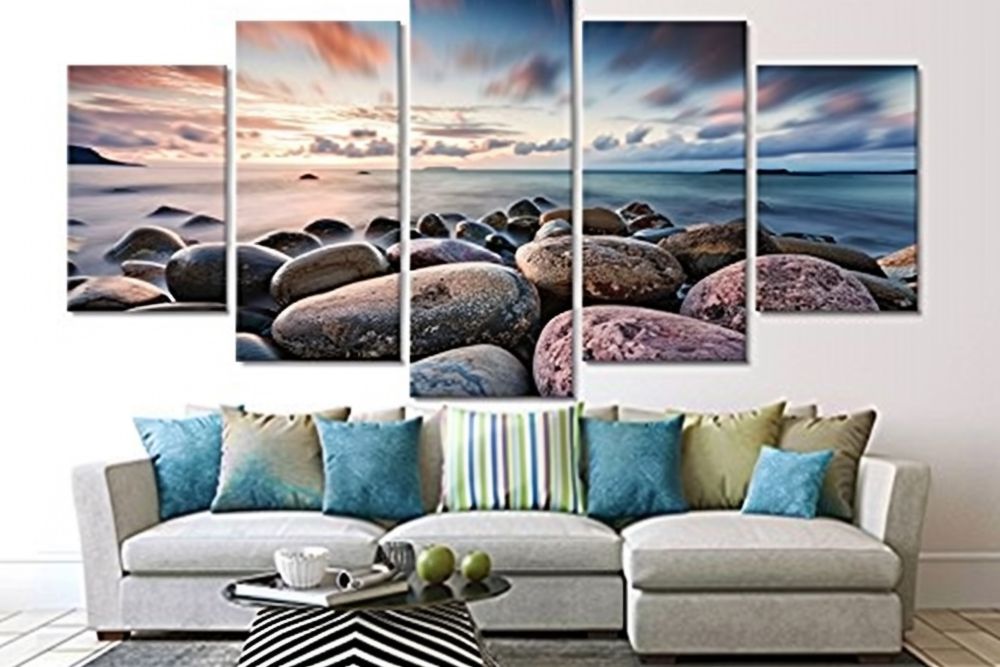The Impact of Sculpture on Urban Landscapes
Cities are more than just a collection of buildings and roads. They are living, breathing environments shaped by history, culture, and artistic expression. Among the many elements that define a city’s identity, sculpture plays a profound role. From towering monuments to subtle public art installations, sculpture’s impact on urban spaces is undeniable. It transforms ordinary cityscapes into cultural hubs, fostering community engagement and redefining architectural aesthetics.
Sculpture as a Storyteller in Urban Spaces
Every city has a story, and sculpture serves as its visual narrator. Public sculptures often commemorate historical events, honor influential figures, or symbolize collective aspirations. These artistic landmarks provide a tangible connection between the past and present, allowing residents and visitors to engage with history in a meaningful way.
Consider New York’s Charging Bull—a symbol of financial resilience—or Christ the Redeemer in Rio de Janeiro, which represents faith and unity. These sculptures do more than occupy space; they communicate powerful messages that shape a city’s cultural and emotional landscape.
Transforming Cities Through Sculpture
The presence of sculptures in cities does more than decorate urban spaces; it reshapes them. Large-scale installations redefine public areas, turning once-overlooked spaces into must-visit destinations. This process, known as transforming cities through sculpture, has been successfully implemented in many parts of the world.
One prime example is the Cloud Gate in Chicago, commonly known as “The Bean.” This reflective, stainless steel structure not only beautifies the city but also fosters interaction. Visitors can see distorted reflections of themselves, the skyline, and others, making it a shared artistic experience.
Similarly, in Barcelona, the whimsical sculptures of Antoni Gaudí integrate seamlessly with the city’s architecture. His works, like the colorful mosaics of Park Güell, have turned public spaces into surreal dreamscapes that inspire millions of visitors each year.
The Intersection of Art and Architecture in Urban Landscapes
Sculpture and architecture share an intrinsic relationship. While architecture provides structure and function, sculpture introduces fluidity, creativity, and emotion into the urban fabric. The fusion of art and architecture in urban landscapes results in spaces that are not just habitable but also visually stimulating.
One of the most stunning examples of this synergy is the Louvre Pyramid in Paris. Designed by architect I. M. Pei, this glass-and-metal pyramid serves as both a sculptural element and a functional entrance to the historic museum. Its presence challenges traditional architectural norms, creating a dialogue between the classical and the contemporary.
Public sculptures can also complement existing architecture, adding layers of meaning to a city’s skyline. In London, the Fourth Plinth in Trafalgar Square features rotating contemporary sculptures, bringing fresh artistic perspectives to a historical setting. These installations create an ever-changing urban experience, blending past and present through art.
Sculpture as a Part of City Design
Urban planners and architects increasingly recognize the value of sculpture as a part of city design. Beyond aesthetics, sculptures contribute to placemaking, the process of creating vibrant and engaging public spaces. Thoughtfully placed sculptures can:
- Encourage Social Interaction – Public art attracts people, encouraging conversations and gatherings.
- Enhance Navigation – Iconic sculptures act as landmarks, helping residents and tourists navigate cities.
- Promote Civic Pride – Unique sculptures reinforce a city’s identity, making residents feel connected to their surroundings.
A great example is the Angel of the North in England. This massive steel sculpture not only marks the entrance to the North East region but also instills a sense of belonging in the community. Similarly, the LOVE sculpture in Philadelphia has become a symbol of the city, embodying warmth and inclusivity.
The Future of Sculpture in Urban Development
As cities continue to evolve, the role of sculpture in urban landscapes is set to expand. Modern technology, such as 3D printing and augmented reality, is opening new possibilities for interactive and dynamic public art. Future sculptures may incorporate lighting, movement, and digital elements, further enhancing their integration with urban life.
Sustainable materials are also becoming a priority in public art projects. Cities are increasingly commissioning sculptures made from recycled metals, biodegradable composites, and eco-friendly resins, aligning art with environmental consciousness.
Additionally, temporary and interactive installations are gaining popularity, allowing for more flexible and experimental approaches to urban sculpture. These evolving trends ensure that sculpture remains a vital force in shaping the cities of tomorrow.

